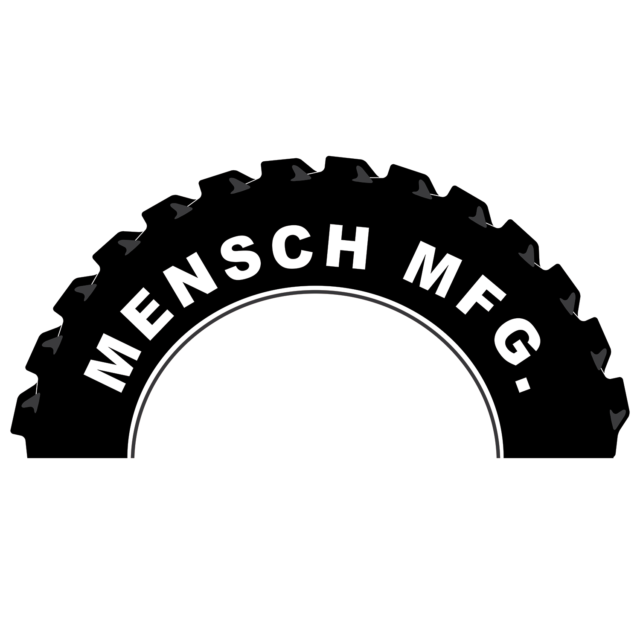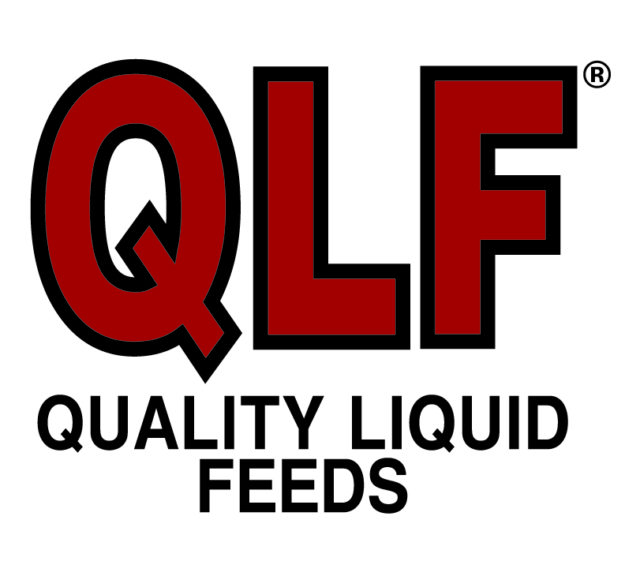Where do you draw the line with those cows that are long days in milk? I’m not talking about long-bred cows; I’m talking about the cows you intend to cull after you milk them out. We all have those cows, but everyone has different criteria for what qualifies as a “do not breed” (DNB) and how long she is considered productive.
Most culls leave the herd under the involuntary tag. They could have died. Maybe they had some issue in the first 60 days after calving like a stepped-on teat. Some will succumb to a terminal disease like Johne’s disease. There are those with the weird diagnosis that it just doesn’t pencil out to operate on. Those types of culls you won’t have a ton of control over. You deal with them as they come.
The other kind is more voluntary. Her udder is getting too deep to milk; this will be her last calf. You draw the line at six services or 200 days in milk for breeding. You are not going to breed back any known Staph aureus carriers. Those kinds of cows you milk out and move on from. Your original intention for some of those was to come back in the herd, but they didn’t fit all of your goals. You’ll resign yourself to milking them out and then cull them at some far-off day in the future. When is that day? How do you draw the line on those kinds of cows?
If the perfect DNB cow milks trouble free until her production level drops past her feed costs and then you move on, you are not alone.
Most herds use some kind of milk-to-feed ratio to decide how long to hang on to these types of cows. A decision tool that looks something like this (see Table 1):

This is a great start – determining when the low end of the herd should be culled based on math that is reflective of both the current milk price and the current feed price. These numbers will vary from farm to farm, and they are certainly not one-size-fits-all. For the farms that have a good handle on their own feed costs, this chart will make a lot of sense. Without putting your own numbers to it, you may be constantly searching for a few more beef cows because you are $5,000 short this month.
I understand that culling strictly on feed costs isn’t the total answer. This does nothing to support the other areas of the dairy, but it does cover the biggest daily expense for feed. If she cannot pay for her own feed, then there is no return to your land or crop enterprise.
I like to push this equation a little harder. A cow should also be paying for her own replacement. The very instant that you milk future cull cows down to just paying their own feed cost, you force the next cow to raise two heifers and carry the other expenses for the dairy. For heifers that are custom raised, factoring a feed cost in for one heifer is pretty easy; you are billed a daily rate. If you are raising your own heifers, I hope you know what they cost. Add that to your cow feed cost and then see how much milk a tail-end cow has to make before she undergoes a career change (see Table 2).

This is a much more accurate picture of the daily production required to have that cow pay for her replacement to fill her stall once she moves on. The feed required for the milking herd and the heifers may be lumped together or accounted for separately, but milk eventually has to pay for all of it.
I know this won’t solve your cash flow problems this year. Many cows will be culled just to raise cash for the shortfalls in the milk check, but I hope you can draw a clear line on exactly where your production number should be in relation to your current milk and feed price. To help you out, I have put together a quick, user-friendly template that you can use to enter in your current feed costs and current milk prices to find your culling sweet spot. You can check it out right here or on Dairyhack.com. ![]()

-
Jim VanDerlinde
- Dairy Producer, Consultant
- Hillview Dairy
- Lewisburg, Pennsylvania
- Email Jim VanDerlinde
PHOTO: Staff photo.




